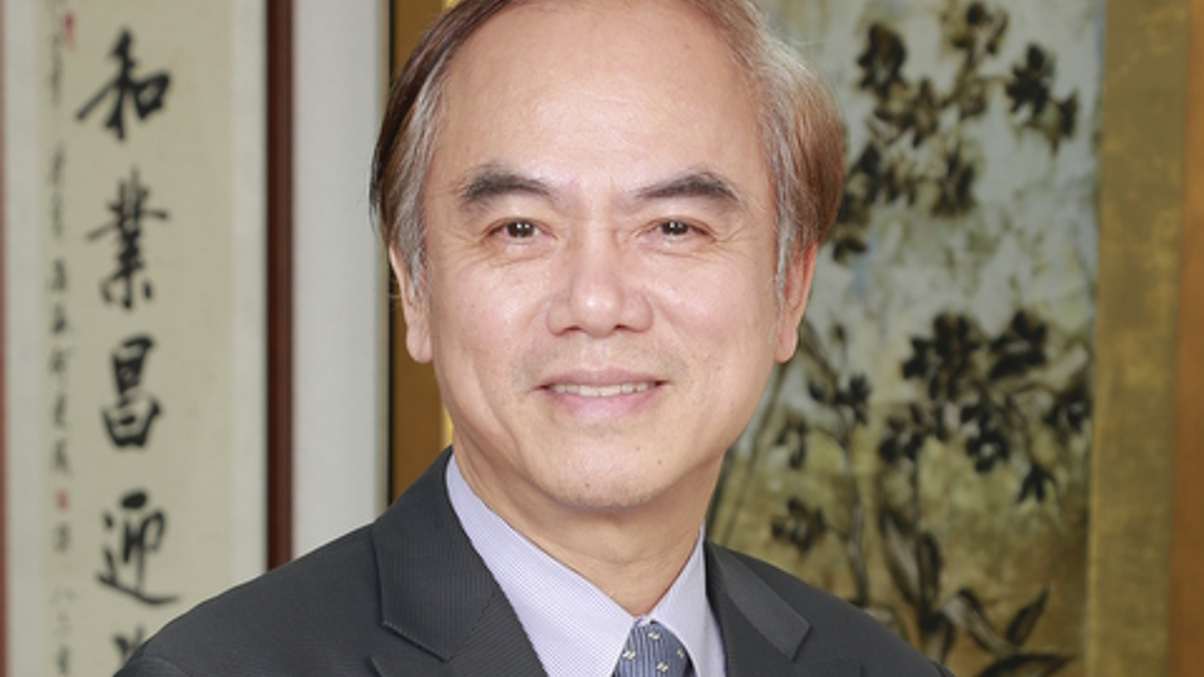Taiwan’s BLF keen to see more local smart-beta ETFs
The Bureau of Labor Funds, which oversees the country's public pension assets, uses ETFs, including smart-beta and leveraged/inverse products, but wants to see a wider domestic choice.

Taiwan’s Bureau of Labor Funds (BLF) would like to see a wider range of locally listed smart-beta exchange-traded funds (ETFs), to complement the various products such as leveraged and inverse ETFs that it already uses.
Sign In to Your Account
Access Exclusive AsianInvestor Content!
Please sign in to your subscription to unlock full access to our premium AI resources.
Free Registration & 7-Day Trial
Register now to enjoy a 7-day free trial—no registration fees required. Click the link to get started.
Note: This free trial is a one-time offer.
¬ Haymarket Media Limited. All rights reserved.


